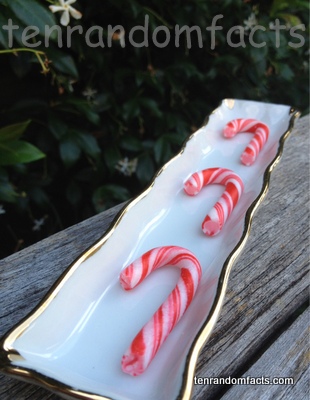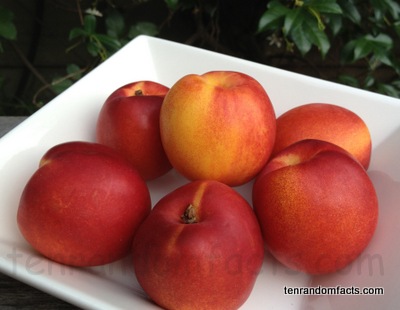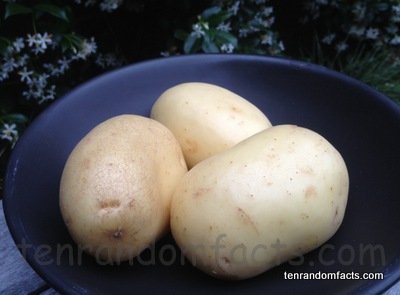
Have a stripey time!
- The candy cane is a hard candy and is traditionally white with red stripes and flavoured peppermint.
- The first candy canes were made in 1670, in Germany, requested by a choirmaster who wanted to quiet down the children.
- The candy cane is designed to remind us of the meaning of Christmas and as such was made as a symbol.
- The cane shape of the candy cane was to remind people of ‘J’ for Jesus, the shepherds who visited baby Jesus, and to represent the biblical view that Jesus is a shepherd of his followers.
- The first public candy cane recipe was published in 1844 in the recipe book called The Complete Confectioner, Pastry-cook, and Baker, by Eleanor Parkinson.
- The candy cane was originally pure white and got its stripes in the early 20th century.
- The candy cane is hard, which is said to represent the Christian view of the solid foundation of the church.
- The peppermint flavour of the typical candy cane is similar to hyssop which was used for offering and purification in the Bible’s Old Testament times.
- The red stripes represent the biblical view of God’s love and the shed blood of Jesus.
- Candy canes come in numerous sizes and variations, including different flavours and colours, which includes green and white stripes and rainbow colours.

















